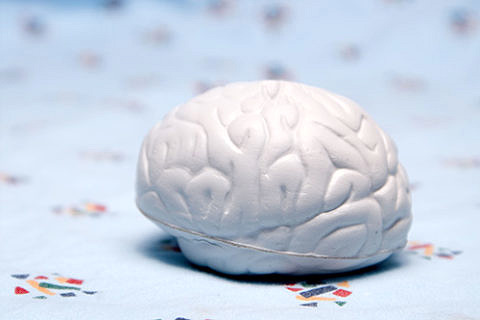How the brain stores memories
International team of researchers shows how memories are formed in the brain.
Neuroscientists at FAU and the University of Birmingham have researched how different regions of the brain cooperate to create and retrieve memories. Their results may help improve the treatment of memory disorders in future.
When a memory is created, information flows from the cortex, the part of the brain rich in nerve cells, to the hippocampus, the central switching point for memories in the brain. The information flows in the opposite direction when we retrieve a memory.
The team of researchers from Erlangen and Birmingham has now shown for the first time that this flow of information into and out of the hippocampus can be monitored using electrical oscillations, waves which neurons generate while processing tasks. ‘The results of the study validate a new model in which the formation and retrieval of memories are largely based on synchronisation processes in the hippocampus and desynchronisation processes in the cortex,’ says Dr. Simon Hanslmayr, neuroscientist at the University of Birmingham. Prof. Dr. Hajo Hamer, Professor of Epileptology at FAU, explains the significance of the results: ‘Understanding the interaction between the various centres when forming memories is the basis for being able to treat memory disorders better in future.’
The team has published their results in the prestigious journal PNAS.
Further information
Prof. Dr. Hajo Hamer
Tel.: + 49 9131 85 39116 (secretary’s office)
hajo.hamer@uk-erlangen.de
